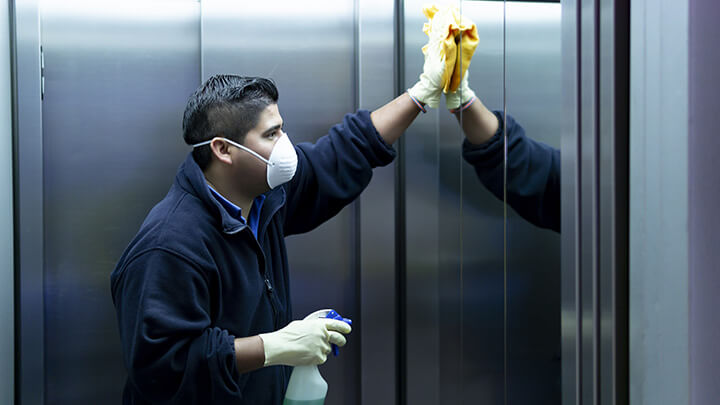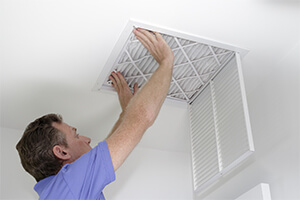
As some states and countries look to reduce the shelter-in-place orders, it is important to understand how COVID-19 spreads so that you can enjoy the freedom and stay healthy.
As officials confirmed cases of COVID-19 in all 50 states in the United States, the general public’s view of the cleaning industry changed overnight. Instead of seeing it as a chore many would rather put off for another day, it has now become a matter of survival.
With the world united in the battle to control the spread of the dreaded COVID-19 virus, proper cleaning and sanitation has become a must for every household, public service, or private business that maintains a brick-and-mortar location.
The result, many are turning to the professional cleaning industry to ensure that their spaces are virus-free. For example, less than a month into the state-enforced lockdowns, New Jersey’s Infection Control Technologies fielded over 1,000 calls from worried customers.
Countless schools, government buildings, and private companies have shut down to make way for disinfection teams armed with the necessary chemicals and expertise to banish the dreaded virus. But, as some countries and states look to reduce the shelter-in-place orders, it is important to remember that COVID-19 is still out there.
Although the world’s janitors are standing side-by-side with healthcare and microbiology experts to uncover the best cleaning techniques and sanitize every nook and cranny, it is important to remember that as a building patron, you can help control how germs are spread through the facility.
This is especially important as some countries and states gradually reduce some of their shelter-in-place restrictions. The following information is designed to help you keep yourself and the people around you healthy:
Human-to-Human Spread: The #1 Culprit

Physical contact with an infected person is of course the number one culprit when it comes to transmission. This is why authorities everywhere have prescribed wearing even non-surgical or improvised face masks, along with proper hand washing and strict disinfection practices, to mitigate one’s own risk of infecting others.
Handling Surface-to-Human Spread
Next to human-to-human spread, the surfaces that we touch also pose the threat of spreading infection. Just as professional cleaners focus on cleaning high touch points, so should families at home do the same – the proper procedures for which can be found in our article Creating a Culture of Quality Control: The Cleaning Checklist
Effective methods include reducing cross-contamination by regularly replacing cleaning cloths as you clean around any room at home, as well as understanding the differences between cleaning, sanitizing, and disinfecting surfaces. Furthermore, according to a study on Science Daily, the virus can survive for up to 3 days on either plastic or stainless steel, up to 24 hours on cardboard, and around 4 hours on copper.
As co-author of the study and UCLA ecology professor James Lloyd-Smith explains, "If you're touching items that someone else has recently handled, be aware they could be contaminated and wash your hands." In addition, the study also notes that COVID-19 can also be detectable in the air for up to 3 hours. Apart from high-risk, high-contact surfaces like doorknobs, keyboards, elevator buttons, and handrails, the air that circulates indoors also poses a risk.
Aerial Transmission: The Invisible Risk

Addressing this factor entails combining standard home ventilation maintenance procedures with new, research-backed anti-viral ventilation practices. Marcus’ home maintenance guide details how replacing heating/AC filters and keeping outdoor air vents clear should be regular parts of any household’s cleaning routine. This is more important now than ever before, especially as a recent European finding details how poorly-ventilated spaces pose a greater risk for infection.
Apart from ensuring good ventilation, the Federation of European Heating, Ventilation and Air Conditioning Associations recommends non-recirculation in central ventilation systems, as well as keeping air ventilation running (even when no one is in the building) to thoroughly get rid of infected air. This is why in places that handle COVID-19 cases, EVS or environmental services cleaners wait until sufficient time has passed before going in to disinfect quarantine facilities, allowing them to avoid infectious particles that might be in the air – a practice that should be replicated in homes with confirmed infections.
As the whole world ramps up the fight against COVID-19, the cleaning industry will continue to remain in the front lines of this battle. And by practicing proper cleaning and disinfection, so too can families do their part to stem the threat of this global pandemic.
During the COVID-19 pandemic, we understand that clear and efficient work orders and good communication helps protect the health of both professional cleaners and building patrons. Contact CleanTelligent and improve your quality control program today!